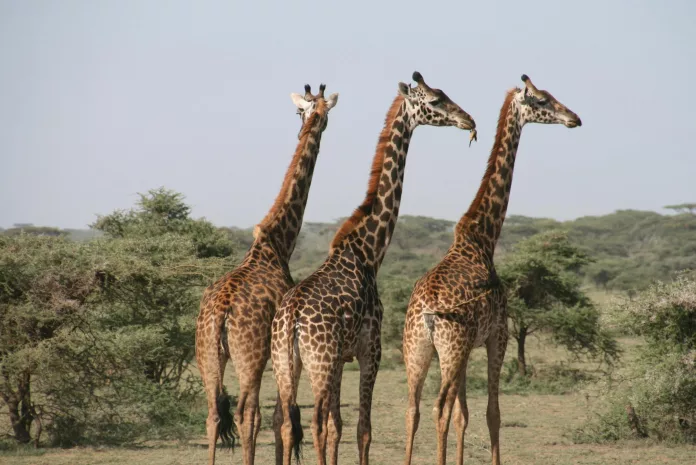As the global community confronts the twin challenges of climate change and biodiversity loss, the push for renewable energy has never been more urgent. A pivotal question arises: how can the development of renewable energy infrastructure be reconciled with the preservation of wildlife habitats that are predicted to change in the future?
The urgency of this question is at the heart of groundbreaking research conducted by scientists at the University of California, Davis, who are investigating the intersection of clean energy project placement and the shifting habitats of species like the Joshua tree and the San Joaquin kit fox in the southwestern United States.
The Predicted Plight of Joshua Trees and Kit Foxes
Findings recently featured in Nature Climate Change point to a stark future for these species, with the Joshua tree projected to forfeit 31% of its habitat and the San Joaquin kit fox facing an 81% loss by the year 2070 due to climate change under a moderate emissions trajectory. Beyond these figures, there is an added impact from renewable energy development—posing a further risk to 1.7% of the Joshua tree’s habitat and 3.9% of that of the kit fox.
Uzma Ashraf, the study’s lead author and a postdoctoral scholar at UC Davis’ Wild Energy Center and the Department of Land, Air and Water Resources, underscores the conundrum. While renewable energy expansion is imperative in combatting climate change, such developments must be cautiously sited to prevent encroaching on biodiversity hotspots.
Embracing Renewable Energy While Safeguarding Biodiversity
The escalation to 290 GW of renewable energy capacity worldwide in 2021 is just the foothill of what must be a steep climb to 1,120 GW annually by 2030. This surmounting effort is essential to achieving net-zero emissions by 2050. Concurrently, staggering reductions in animal populations—diminished by two-thirds over the last half-century—largely stem from habitat loss, a trend further aggravated by the climate crisis.
This delicate interplay between energy and ecology presents a formidable challenge, particularly when actions aimed at mitigating climate change may inadvertently threaten the very refuges species need under changing environmental conditions. An interesting note from the study is the observed use of solar facilities by San Joaquin kit foxes, which has been attributed to the shade provided by these structures, highlighting potential strategies for reducing impacts on wildlife.
Navigating the Future: Integrating Conservation Into Energy Strategies
The Wild Energy Center at UC Davis, steered by Associate Professor and study correspondent author Rebecca R. Hernandez, is pioneering efforts to create strategic frameworks aiding clean energy developers. These frameworks aim to incorporate the anticipated migratory shifts of species into site selection processes for future renewable energy projects.
Hernandez emphasizes the ambitious objective for sustainable energy projects, which align with broader goals that encompass biodiversity conservation and social equity. Recognizing that species range maps are dynamically evolving as a result of climate change, her team deploys sophisticated computational methods to guide a responsible path forward for renewable energy advancement.
Furthermore, the collaboration and insights from the study’s co-authors—including Toni Lynn Morelli of the U.S. Geological Survey and Adam B. Smith from the Center for Conservation and Sustainable Development at the Missouri Botanical Garden—add significant value to the research. The project was funded by the Alfred P. Sloan Foundation, showcasing the commitment to meld scientific inquiry with practical environmental stewardship and forward-thinking energy production.

























